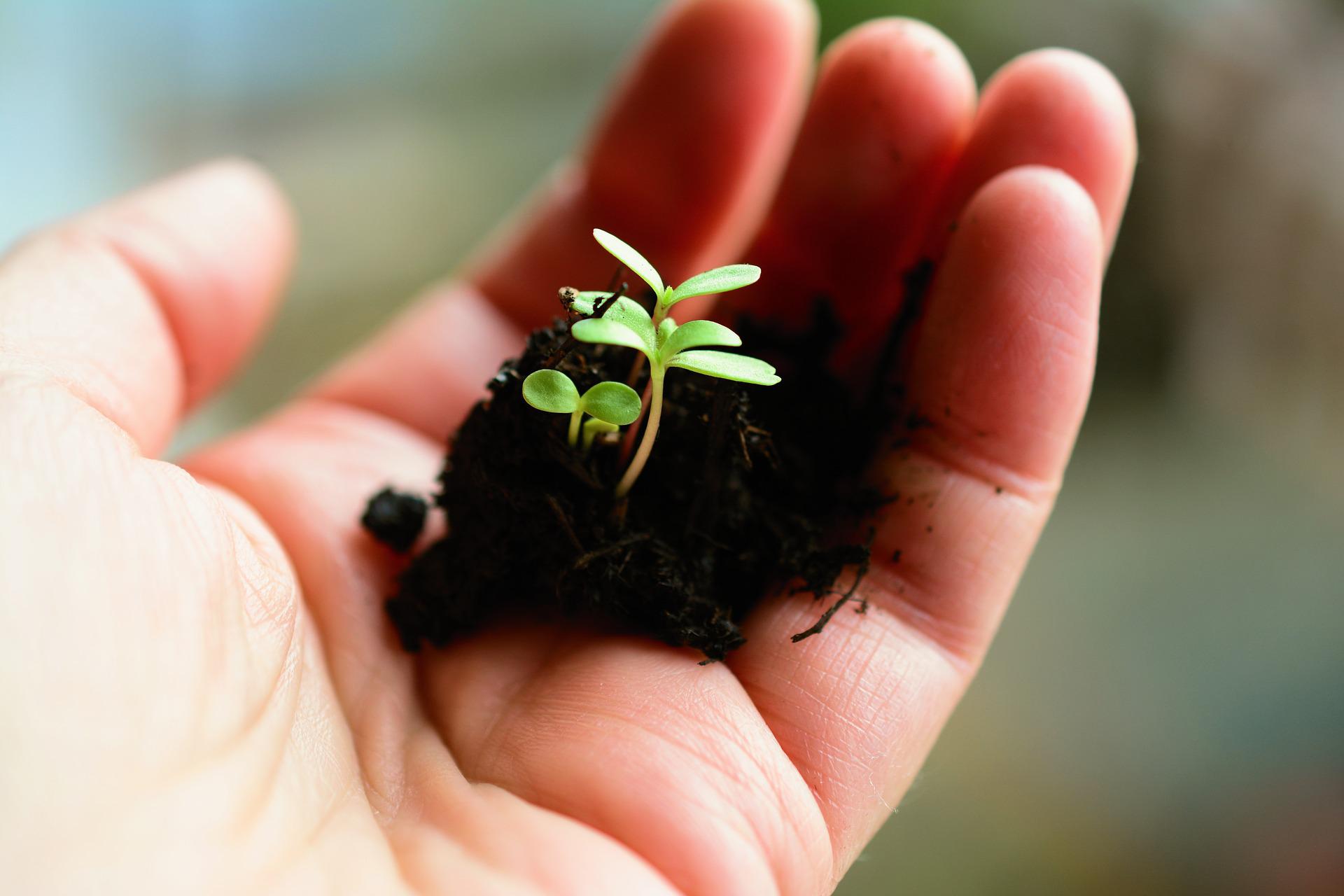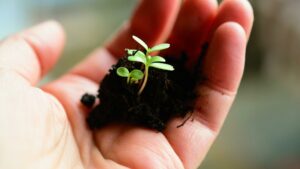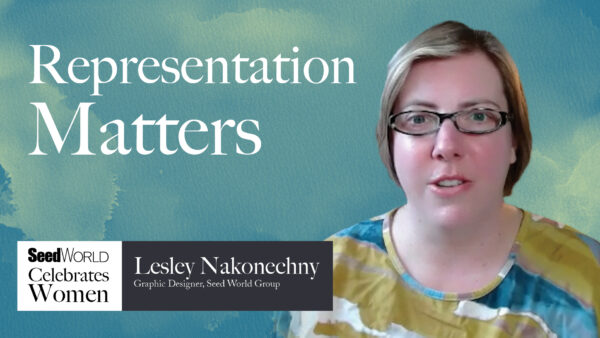A huge percentage of plant breeding and plant science in general is done by Canada’s public sector.
The landscape of public and private breeding can be somewhat different depending on whether you’re in the West or the East, notes Lauren Comin, policy director for Seeds Canada. These differences are also influenced by the specific crop you’re looking at.
When it comes to canola, corn and soybean, where transgenic events and hybrids have gained significant traction, the private sector takes the lead. They dominate the scene, and there’s minimal involvement from the public sector in terms of commercialization.
However, the story shifts when we look at crops like pulses and cereals, particularly in the West.
“In this case, it’s the public sector that holds sway, with institutions like Agriculture and Agri-Food Canada and universities taking the lead. Over time, a strong tradition of producer support, both in terms of funding and advocacy, has emerged in the western part of the country for these programs,” Comin says.
On the eastern side of Canada, there’s a higher prevalence of certified seed usage, which has allowed for more private sector involvement.
However, this shift hasn’t been as pronounced for most pulse and cereal crops. They continue to be primarily funded by producer checkoffs and rely on government matching funds through five-year policy programs.
Seed World Canada put out the call to public plant science programs as we hunted for innovative research coming out of the public domain, and the public sector responded with gusto.
The wealth of public programs we opted to profile shows just why our public sector is so important in the plant science landscape, and how significant its work really is. Major players in the space range in scope from cereals to oilseeds to agronomy research and more.
Here’s the latest in what’s happening in public plant science in Canada and why it matters.

Editor’s Note: This article is part of a series on major contributions to plant breeding and science in Canada’s public sector including innovations in: Canola, Barley, Oat, and Triticale, Wheat, Sunflower, Pulses, Oilseeds, Horticultural Crops, and comments from our editorial board. Use the buttons below to explore these exciting new innovations or read from the start.













